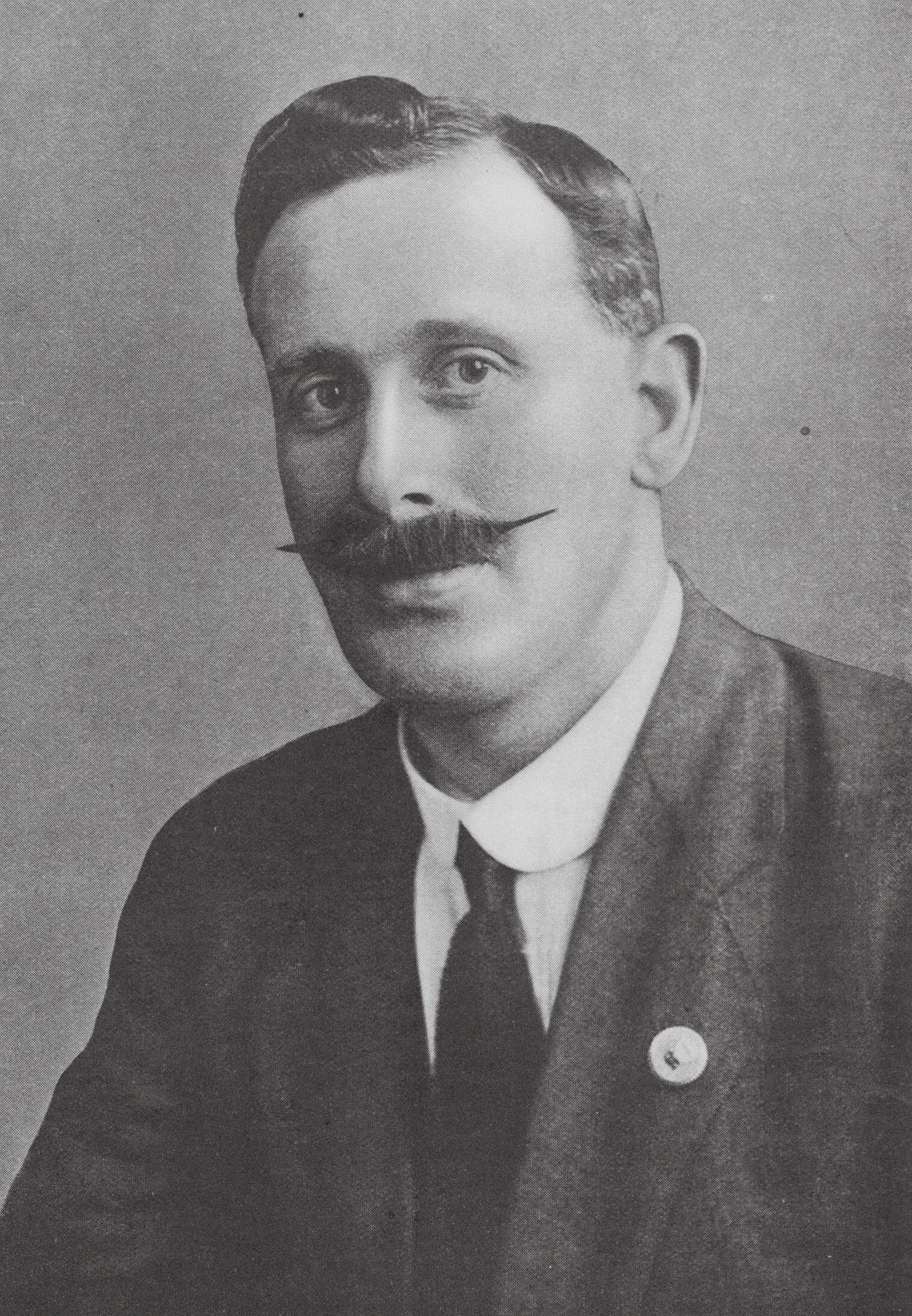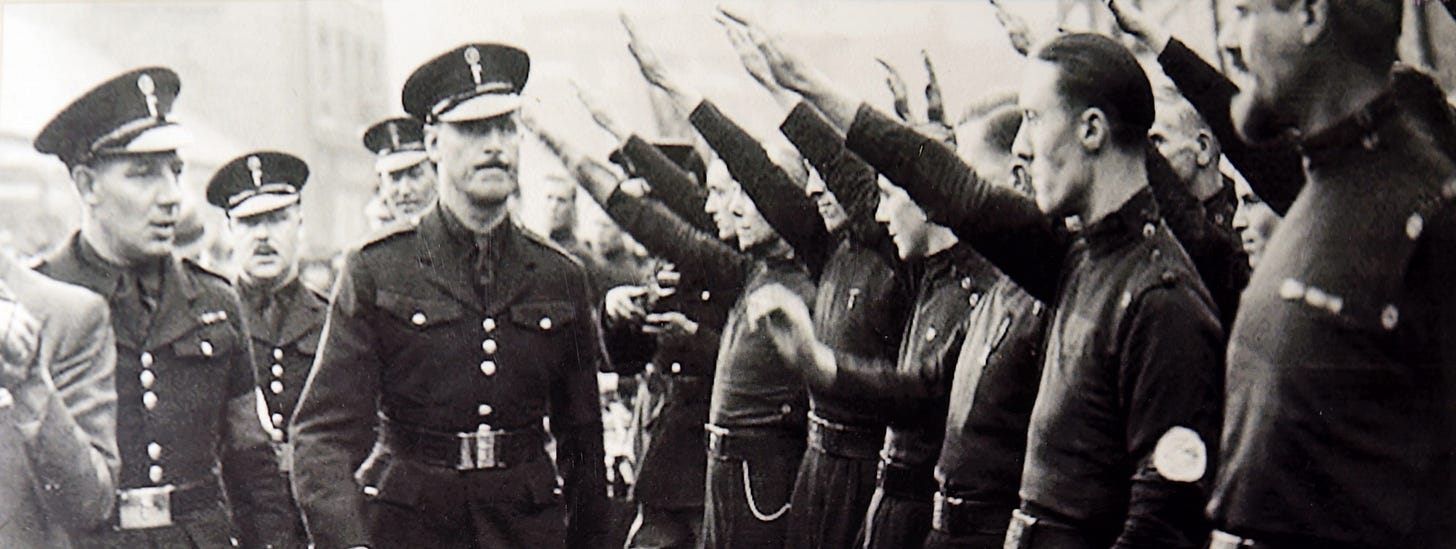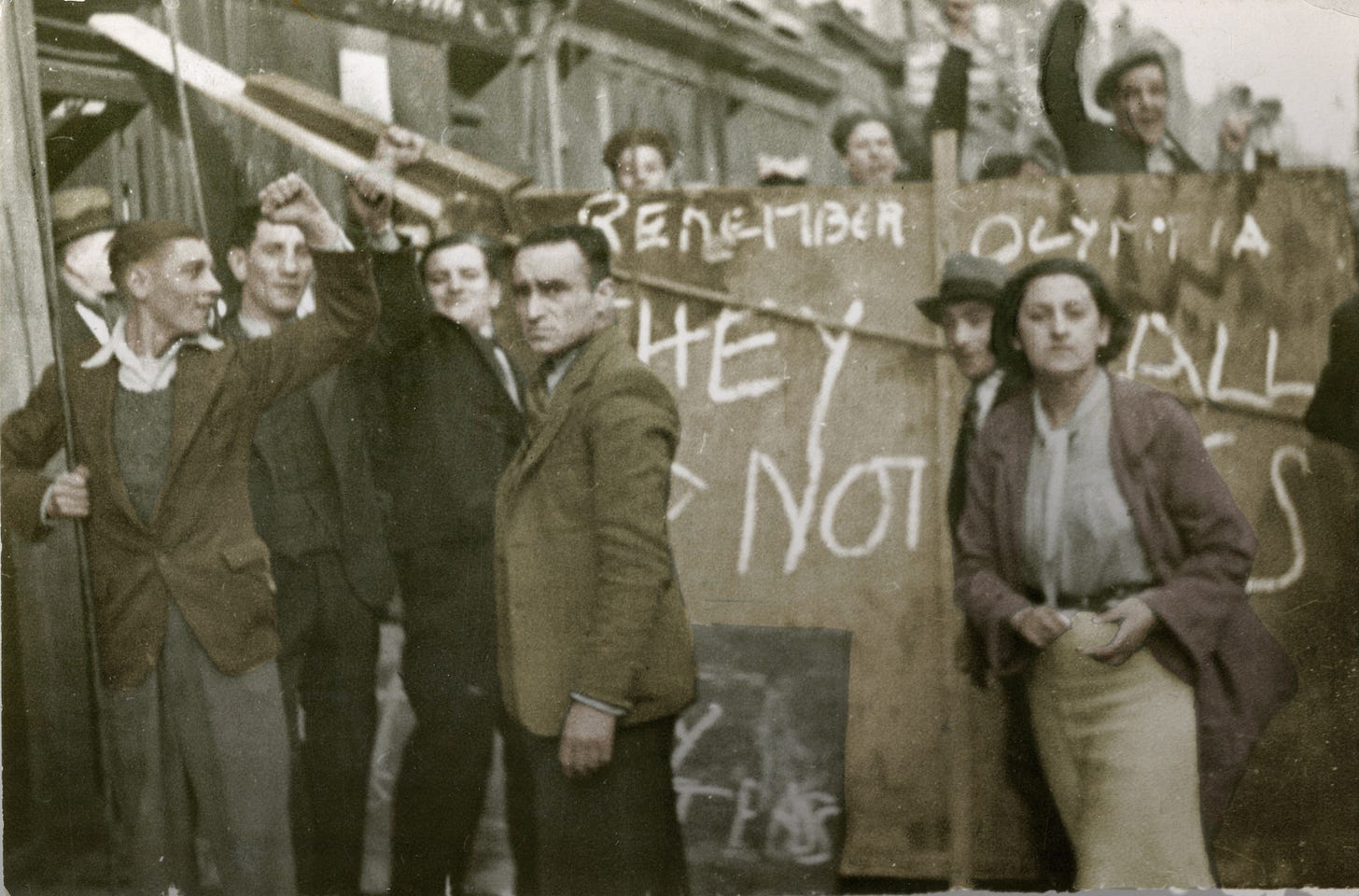John Marchbank – the former shepherd who humiliated Mosley
Rail union leader exposed Sir Oswald Mosley’s fascist Blackshirts in a 1936 courtroom drama
Rail union leader John Marchbank
John Marchbank became National Union of Railwaymen (NUR) general secretary in 1933 unexpectedly after his predecessor Charlie Cramp collapsed while addressing the executive committee and died in July, the same year that the Nazi leader Adolf Hitler came to power in Germany.
That year NUR president William Dobbie also addressed the union’s annual general meeting in Morecombe with an emotionally charged speech outlining the threat of fascism and the battles to come.
“In Germany they have abolished trade unions, the Labour Party and Co-operatives. The crushing of every labour and democratic organisation has been carried out with the maximum amount of cruelty and torture.
“Jews, pacifists and any inoffensive person suspected of sympathy with advanced movements have been ruthlessly dealt with,” Dobbie told delegates.
He took the same uncompromising message to the TUC Congress which met that September: “In my deliberate judgement organised labour is faced now with a determined attempt on the part of those who have felt their power slipping away from them to re-establish their dominance both in politics and in industry”.
Trade unionists were often the first target for fascist movements which were emerging across Europe following the end of the First World War.
Trade union power and influence in Britain had increased and membership had doubled to over eight million by 1919 sparking fear and consternation among ruling elites as working-class power grew along with sympathy for the 1917 Bolshevik revolution in Russia.
By the 1930’s Sir Oswald Mosley, an extremely wealthy aristocrat, was pouring huge funds into building a mass fascist party, the British Union of Fascists (BUF), as well as his own extremely violent, black-uniformed militia known as the ‘Blackshirts’.
Like NUR president Dobbie, the newly elected general secretary Marchbank was not surprised by these events, and he had made it his business to speak out, actions that would lead to one of the most extraordinary legal battles of the period.
Born in Lamb foot in Dumfriesshire in 1883, Marchbank worked as a shepherd before he joined the Caledonian Railway Company at the age of eighteen. In 1906, he joined the Amalgamated Society of Railway Servants before it became part of the new NUR in 1913.
He joined the NUR executive committee in his twenties and became president at just 39 years old before he was elected as general secretary at the age of 50.
He would have been aware that the NUR had already crossed political swords with Mosley back in 1931 when the fascist leader had walked out of the Labour Cabinet to set up the New Party (NP), which led to Mosley’s expulsion from Labour along with a handful of other Labour MPs that followed him.
Mosley’s first electoral contest with the NP was at the Ashton-under-Lyne by-election that year following the death of the sitting NUR MP, Albert Bellamy. Much to the chagrin of the NUR, Mosley’s party split the vote which led to the NUR-backed Labour candidate J W Gordon losing out to the Conservatives. This meant that, for the first time in thirty years, no member of the union sat in the House of Commons.
The NP became increasingly fascistic and violent and in 1932 Mosley founded the BUF and his thuggish ‘Blackshirts’ who specialised in street violence. The BUF's foundation initially won widespread popular support and a sizeable following, with the party claiming 50,000 members at one point.
Mosley also received a massive media boost when Daily Mail and Daily Mirror newspaper owner Lord Viscount Rothermere wrote articles under his own by-line in January 1934 in both newspapers with headlines such as ‘Hurrah for the Blackshirts’ and ‘Give the Blackshirts a helping hand’.
An internal Labour Research Department report sent to the NUR during this time marked ‘completely confidential’ revealed how serious the BUF threat was becoming. It noted: ‘Fascist propaganda is far more effective and is making more headway than is commonly realised’.
At around this time, as part of the NUR's 'Campaign Against Fascism', the union sent further anti-fascist literature to branches.
What happened next remains probably one of the most unlikely political and legal battles of the era when an unassuming former shepherd from rural Scotland took on the aristocratic fascist leader in the courts almost singlehandedly.
The road to the legal battle between Marchbank and Mosley began following the notoriously violent BUF rally at West London’s Olympia stadium on June 7, 1934. It was the first real glimpse of what fascism would look like should it ever take hold.
There had been atrocity stories of what was happening in Germany and Italy, but in London for the first time the British public and press got so see the work of the fascists for themselves and it shocked the nation.
Throughout that spring Mosley held more rallies where anti-fascist protestors were viciously beaten with eye-witness reports of the use of excessive political violence rarely seen by fringe groups in Britain before.
Marchbank addressed a trade union meeting in Newcastle shortly after the Olympia rally outlining evidence of ‘secret instructions issued by Sir Oswald Mosley’, that fascists were active among the armed forces, that certain weapons were recommended for use including clubs, knuckle-dusters, knives etc. Marchbank was reported to have said: ‘we strongly object to any particular party assembling in the guise of a military machine with the object of overthrowing by force the constitutional government of the country’.
After a report of Marchbank’s speech appeared in the Daily Telegraph, Mosley’s solicitors informed him that he was being sued for slander. Mosley had already successfully sued many publications for libel and now turned his attentions to the NUR leader personally.
However, based on the meticulous collection of evidence, Marchbank decided to fight the allegations based on three points: that he did not say the words alleged in relation to Mosley personally, that the meeting was a privileged occasion and that the words he did say were true.
Finally, in February 1936, after much legal wrangling and over the course of five days in court, the NUR leader used his defence to publicly give detailed examples of Blackshirt brutality. The evidence collected for the case, held today within the NUR archives at Warwick University, included statements by former BUF members on the organisation's use of violence and fanatical antisemitism.
Famously, Mosley won the case but awarded just one farthing in damages – one quarter of one penny – a humiliating ruling which ended the fascist leader’s run of legal wins. Despite this symbolic victory, Marchbank’s costs totalled some £5,518, an enormous sum at the time, and NUR rules prevented any use of the union’s funds to assist him individually.
A testimonial fund committee was set up which included Labour heavyweights such as Walter Citrine, Clement Attlee, Hugh Dalton, George Lansbury, Ernest Bevin and Herbert Morrison, a measure of the esteem in which Marchbank was held.
As a result, all legal costs were met, and the money left over was used to fight other cases including the Amalgamated Engineering Union (AEU) successfully suing another fascist and former Labour MP John Beckett for libel after he smeared the union in his pamphlet ‘Fascism and Trade Unionism’.
Mosley and his Blackshirts, modelled on the armed squads of Italian fascists under Benito Mussolini, who wore black shirts as part of their uniform
Following these legal victories, the AEU and NUR general secretaries wrote a joint introduction to an LRD pamphlet aimed at trade unionists called ‘Fascism - fight it now’.
On Sunday October 4,1936 Mosley’s BUF attempted to march through London’s East End which led to a series of clashes which became known as the Battle of Cable Street. The Metropolitan Police attempted to force a path to allow the fascists to pass but they were met with determined groups of anti-fascists, trade unionists, communists, Jews and other groups.
This resulted in another humiliating defeat for Mosley and the police finally gave up and ordered his Blackshirts to leave the area.
These legal, physical and ideological battles between trade unionists and the fascists in Britain proved to be decisive in deepening the understanding of the true nature of fascism and the threat it represented to the labour and trade union movement and democracy in general.
Participants of The Battle of Cable Street who used anti-fascist slogans: ‘Remember Olympia’ and ‘They Shall Not Pass’







Thanks Brian for reminding us this critical story. John Marchbank of the NUR ( today RMT) nailed the principle that Trade Unionists moral compass and collective power and strength always resist , expose and fight the Right, fascists and racists .. Today the RMT walk that walk too and we need to hear this story right now